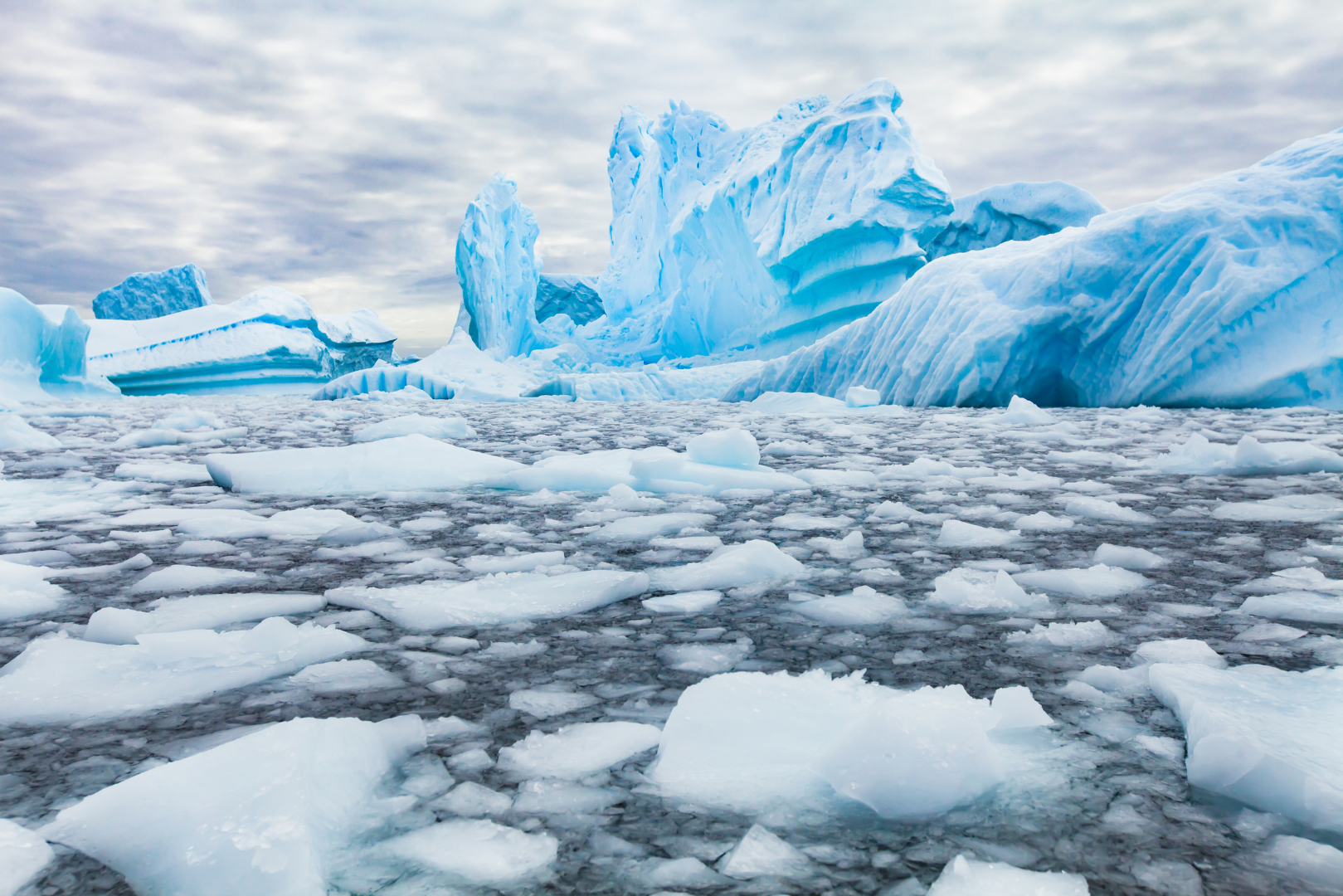It is unfortunate that one of the most ubiquitous issues of our time is human-induced climate change. The consequences we face for the consumption of our planet’s resources—oftentimes a little bit too recklessly—has proven to be one of this decade’s biggest challenges. And while the effects it has over our daily life can be seen on a day-to-day basis, its overall impact on our planet over the long-term is a concept that’s a bit more challenging to process.
You see, the mass of things on Earth have a certain impact on the crust underneath it. Should a meteorite impact our planet’s surface—not too soon, I hope—we expect to see cavitation and cratering on the surface. Likewise, the presence of massive objects like ice also leave its own footprint on the Earth’s crust. The crust adjusts and morphs from the sheer mass of the ice above it; as a result, it also tends to stay morphed despite the ice leaving its surface. In fact, this is precisely what we see under the crust in areas that were covered in ice sheets back in the last Ice Age. The crust underneath these areas are still warped, and are still slowly recovering, despite the thousands of years since ice was last seen above them. This slow, crust-morphing “restoration” process is known to geologists as isostatic rebound.
However, it appears that the accelerated disappearance of surface ice that’s still on our planet now is changing how this rebound occurs, which to scientists is enough cause for concern. To them, this changes how we model our planet’s surface in monitoring other geological processes. A new study on this potential hazard to our planet’s future was led by Sophie Coulson, a postdoctoral researcher at Los Alamos National Laboratory in New Mexico who conducted the research while at Harvard University, and was published in the journal Geophysical Research Letters.
Coulson and team analyzed these anomalous changes in the Earth’s crust by using satellite data of the crust between 2003 and 2018. Any tiny movements in the crust detected in this sweep was compared with similar findings from Antarctica, Greenland, and areas with high-latitude glaciers on a year-to-year basis. In an effort to differentiate themselves from past research, which focused on areas immediately surrounding ice sheets, they focused on three-dimensional crustal motion from ice loss—meaning changes in both vertical and horizontal crust shape.
Results from their analyses show that horizontal changes in the crust outpace vertical changes, and that movement is highly dependent on the amount of ice lost on a year-to-year basis. In North America, for example, horizontal motion was more apparent compared to vertical. In fact, an average of 0.45 mm (0.017 in) of northward horizontal creep was observed at the peak of crust movement in North America back in 2012.
In Antarctica, on the other hand, ice retreat was rapid in the main peninsula and from the western part of the continent back in the early 2000s, but the east side experienced the opposite and gained ice instead. This averaged out crustal morphing at the time, so deformation due to it was limited, and was restricted to a “relatively small area” in the southern Pacific. Meanwhile, ice loss from northern latitudes was linked to a 0.4 mm (0.015 in) northward motion of the Northern Hemisphere crust; this includes a 0.3 mm (0.01 in) movement in North America and a 0.2 mm (0.008 in) movement in Europe and Scandinavia.
According to the team, these changes are subtle, yet they occur quite some distance away from the ice sheets themselves. And while these numbers appear tiny, they are expected to add up over time. The eventual build-up of warping, they say, will affect future ice loss. For example, a shift in crust can change its slope, which may accelerate the flow of ice towards the sea; this leaves the ice capable of adding to the growing concern of rising sea levels.
In a statement from Coulson to the Harvard Gazette: “In some parts of Antarctica, for example, the rebounding of the crust is changing the slope of the bedrock under the ice sheet, and that can affect the ice dynamics.”
(To read more about how climate change affects our species, check out how it is accelerating the deterioration of our species’ most ancient art pieces over on the island of Sulawesi. Similarly, check out how our reckless consumption of our planet’s resources has turned the world’s largest rainforest carbon positive.)
References
- Coulson, S., Lubeck, M., Mitrovica, J. X., Powell, E., Davis, J. L., & Hoggard, M. J. (2021). The global fingerprint of modern ice-mass loss on 3-d crustal motion. Geophysical Research Letters, 48(16), e2021GL095477. https://doi.org/10.1029/2021GL095477
- Pappas, S. (2021, September 28). Vanishing ice is warping Earth’s crust. Live Science. https://www.livescience.com/melting-ice-warps-earth-crust
- Simon, C. (2021, September 21). Melting of polar ice shifting Earth itself, not just sea levels. Harvard Gazette. https://news.harvard.edu/gazette/story/2021/09/melting-of-polar-ice-shifting-earth-itself-not-just-sea-levels/











